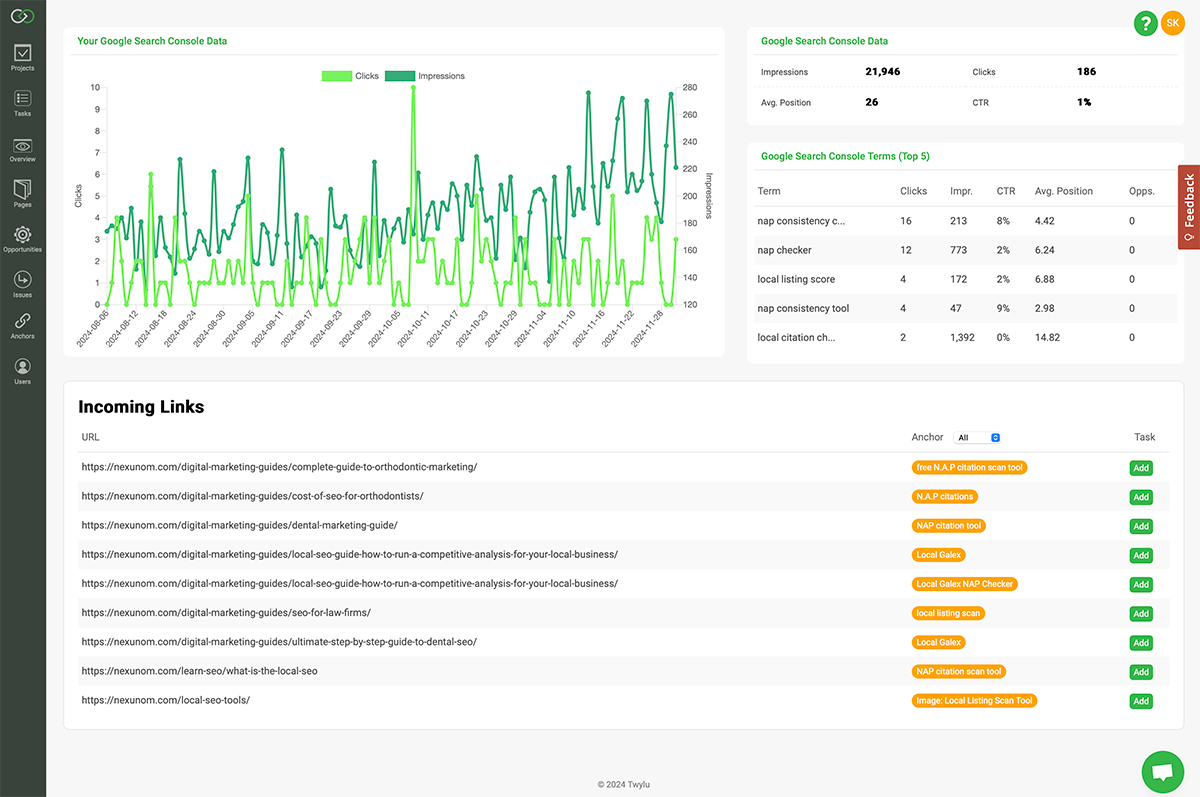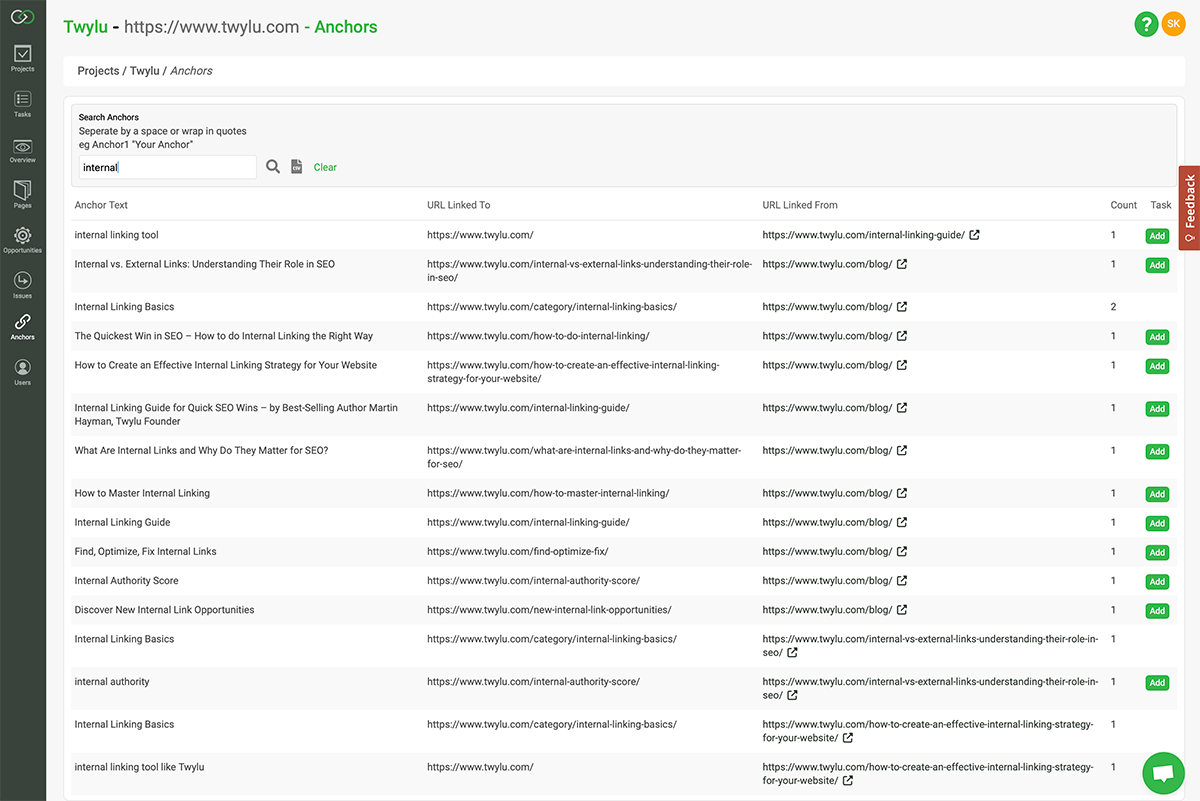Optimizing anchor text is an integral part of internal linking optimization. The anchor text you use for your internal links should be in line with your internal linking strategy and derived from the keyword research and intent analysis of the pages and content groups of the site. In layman words, you will need to link to the pages of your site that you want to rank higher on search engines with the keywords that you want to rank for them. Pretty simple, no?
But just like many other things, it’s easier said than done.
Choosing the Right Anchor Text for Internal Links
Unlike anchor text for external links, you will have full control over the internal anchor text so this should be at least easier than optimizing external anchor links.
Internal anchor text should be relevant, descriptive and correspond to the intent of the destination page. Descriptive anchor text helps both people and search engines understand what the destination page will be about.
You might ask, are there non-descriptive anchor text? Yes, the generic ones.
When using generic anchor text, like “click here” or “this post”, users need to read the surrounding text to understand where the links will lead to if they click on it. Non descriptive anchor text not only is not helpful for your internal linking structure but they can also reduce from the accessibility and the usability of the site.
Although over optimization should be avoided but unlike external links Google is less sensitive to anchor text optimization for internal links.
Common Internal Anchor Text Mistakes to Avoid
When auditing internal anchor text, check for the followings internal anchor text common mistakes:
- Overuse of the generic anchor text (like click here, this post, download it here, etc.) – These are in general missed opportunities for descriptive anchor text and can be utilized to improve internal authority score of the destination pages if changed to a descriptive term.
- Inconsistency in destination page – You can and must use keyword variations when linking to the same page from different pages of the site but sometimes linking to two different pages with the exact same anchor text (inconsistently in selecting a destination page for the same keyword term) can lead to cannibalization issues.
- Inconsistent anchor text pointing to the same page- This can create confusion for Google on what the destination page topic is about. For example if you link to a page with both braces and Invisalign, this might confuse Google about the topic of the destination page either be traditional metal braces or Invisalign clear aligners.
- Excessive use of the same exact-match keyword: Linking to the same page with the exact same anchor text from lots of other pages of the site. Diversification is the key when it comes to internal anchor text optimization.
- Duplicate anchor text: linking to the same destination with the same exact keyword from the same page (you might end up doing this by using automated internal linking plugins.)
- Irrelevant anchor text: These are anchor text that are not relevant to the destination page, could be related to the links that have been pointed by error to the wrong page.
Tools Best For Auditing Anchor Text
When using an internal linking tool that also comes with an auditing and analysis feature, you can easily perform an internal anchor text audit.
A tool like Twylu not only suggest new internal linking opportunities based on the keywords it finds from the content you currently have on different pages of your website but it also provides you with a list of the pages that already link to any specific page on your website along side their anchor text which is perfect for internal links anchor text auditing.

This is a wealth of information as you can go through the list and select the ones that are not using a descriptive anchor text and add them to the Twylu’s task management system for your team to edit and improve them.
Another feature of Twylu which comes very handy when doing anchor text audit is the anchor text search feature. With this you can search among all the internal link of the site for different anchor text and see linking page and the destination pages.

With this you can quickly search for one specific anchor text and find issues such as multiple destination pages, etc.
Note that most automated internal linking tools, lack these kind of auditing features and can’t be used to audit the sites that you don’t own, like in the case of competitive analysis or auditing a new prospective client.
So internal links help to redistribute link equity and consolidate it towards the key pages, and the use of relevant, descriptive anchor text gives context to the internal linking structure of the site letting search engines better understand how different pages of the site relate to one another and what the role of each page is in the broader structure of the site.

